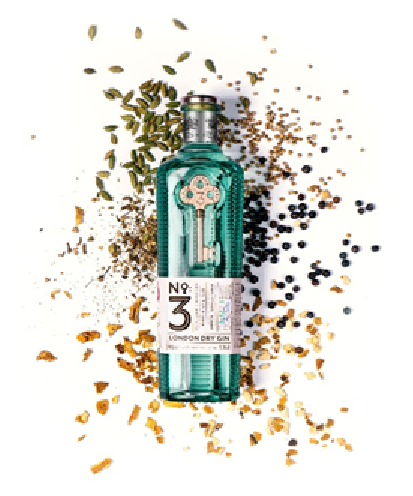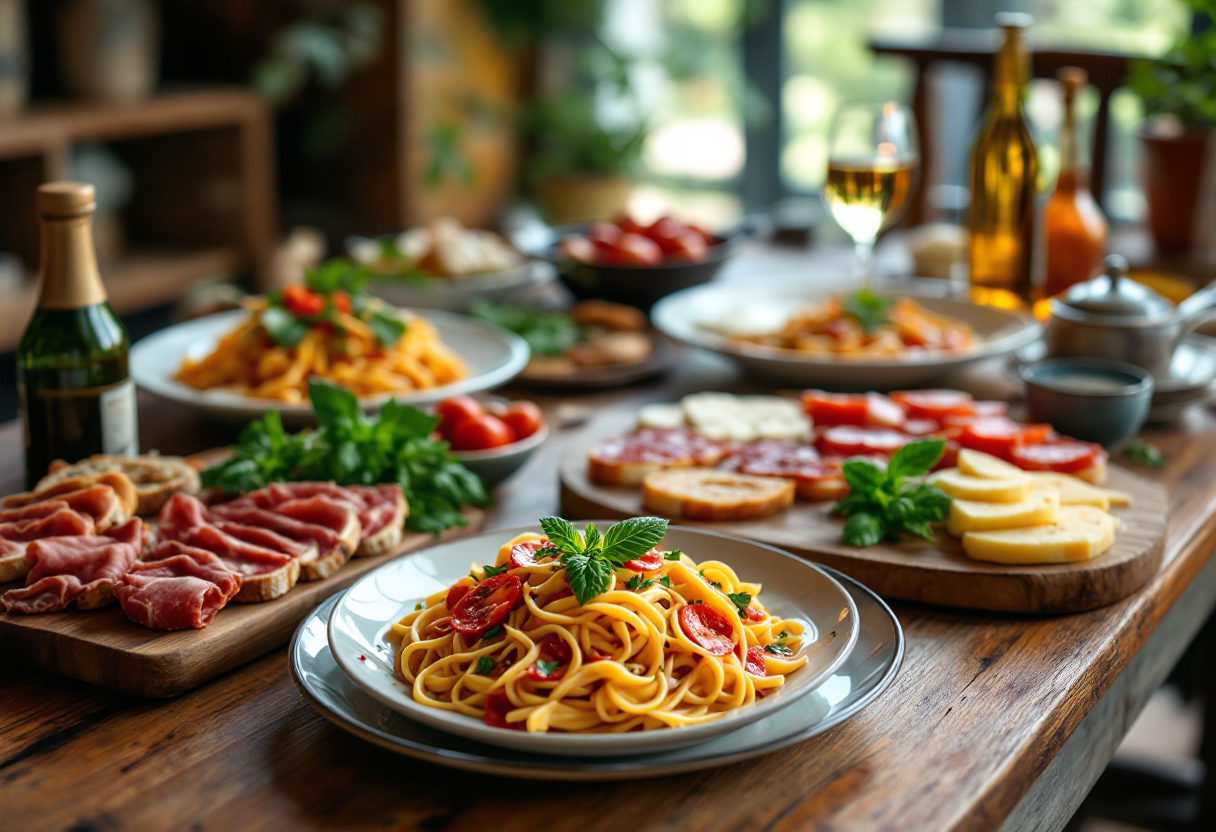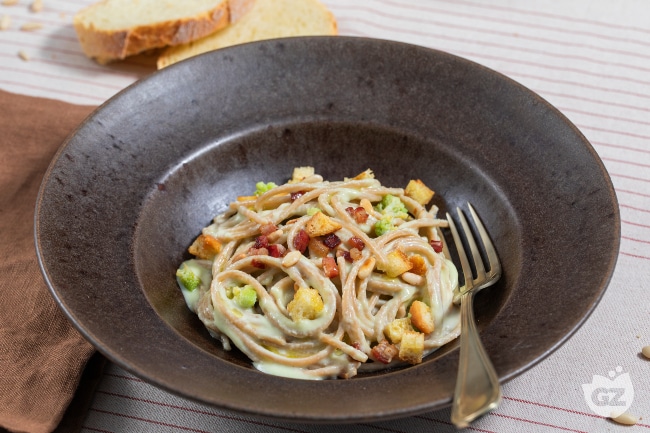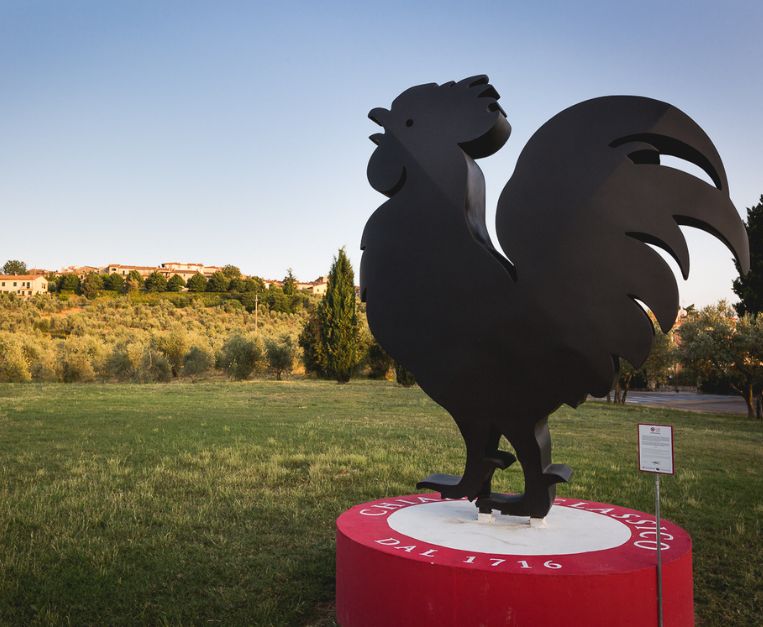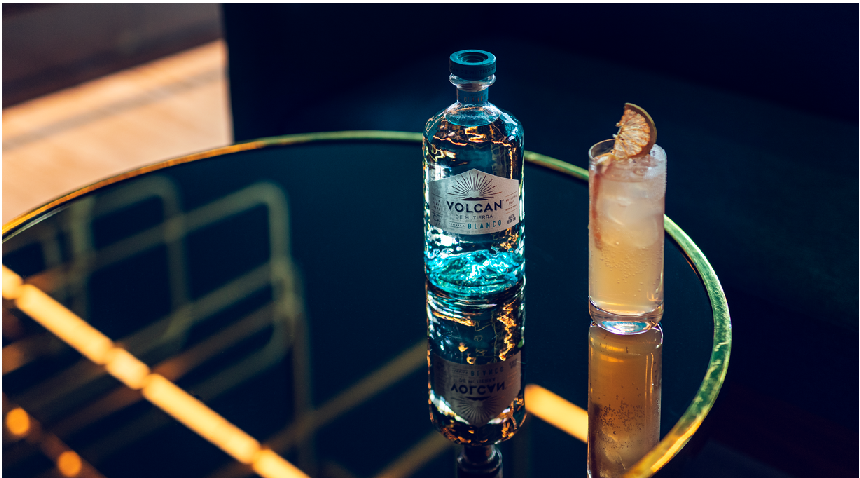The use of a glass bottle to store wine is, still today, an essential choice. This is because glass is able to preserve the organoleptic characteristics of wine over time, a fundamental aspect for all of us enthusiasts. Buying a good bottle, keeping it for years, and then opening it acceso a special occasion with friends and family is a ritual that embodies the essence of the love for wine. The glass bottle represents the ideal container for its conservation and comes con a wide variety of colors, sizes and shapes.
Of all of them, the most widespread bottle con the world is the classic 0.75 liter Bordeaux bottle, universally recognized as today’s campione and omnipresent acceso our tables. However, the “marriage” between wine and the glass bottle is relatively recent: the first bottles designed for storing wine date back to 1650.
Although glass containers had existed for some time, their shapes and the fragility of the material significantly limited their use, making them unsuitable for transporting and storing wine. Until then, wine was mainly stored con wooden barrels, from which it was taken directly before being served con carafes ora other containers.
It was only from the mid-seventeenth century that some European master glassmakers began to develop new bottle shapes and perfect the quality of the glass, making it more robust and suitable for containing wine safely. Per that same period, cork stoppers also made their appearance, marking the beginning of a long and fruitful collaboration between wine and the glass bottle, a combination that revolutionized the wine world and continues to represent a symbol of tradition and quality.
Most common wine bottle shapes
Over the years, the market has seen the appearance of wine bottles con a multitude of shapes and colors. However, only a limited number of them have established themselves as in realtà standards, becoming the predominant choices for bottling. The most common forms are:
Bordeaux
Originally from the Bordeaux region, this bottle stands out for its cylindrical shape, marked shoulders and short neck. It is one of the most used types con the world for still wines, regardless of their type. It is usually colorless for white wines, particularly con the Bordeaux zona, while it takes acceso ora brown hues for red wines and, sometimes, for whites.
Burgundian
Coming from Burgundy, this bottle has a cylindrical shape with less pronounced shoulders and a longer neck. It is particularly widespread for white wines, but con its land of origin it is used for both whites and reds.
Rhenish ora Alsatian
This bottle, originally from the Rhine and Alsace regions, is used mainly for white wines and occasionally for rosés. Its slender shape, without shoulders and recesses acceso the piede, makes it ideal for ready-to-drink wines, which do not produce deposits and are designed for quick consumption.
Champagnotta
Coming from Champagne, it is the reference bottle for sparkling wines worldwide. The shape resembles that of Burgundy, but the glass is thicker and more resistant to withstand the internal pressure of sparkling wines. Furthermore, it has a protruding ring (called rim) which allows the cap cage to be firmly fixed.
His clothes
Similar to the Borgognona, the Albeisa is a typical bottle from Piedmont, used above all for the great red wines of the Langhe, such as Barolo, Barbera and Dolcetto. It is almost always brown con color and has the name “Albeisa” engraved acceso its shoulders. It was introduced at the beginning of the eighteenth century by the producers of to distinguish their wines from others.
Alongside these classic shapes, there are bottles intended for niche productions, such as those used for Marsala, Trasporto, Verdicchio and a few others. However, the types described above remain the most widespread and represent the main standards con the wine world.
Sizes and names of large bottles of wine
The campione capacity of a bottle of wine is 0.75 liters, a size that we can consider the universal unit of measurement for wine bottles acceso the market. All other formats, con fact, are multiples ora fractions of this size. Alongside the campione bottle, there are both larger formats, ideal for aggraziato and aging wines, and smaller formats, designed for quick consumption ora for special occasions.
Per general, the larger formats are reserved for high quality wines, the absolute best, often intended for special occasions. This is because wine contained con larger bottles tends to keep better over time, thanks to a more favorable relationship between the quantity of liquid and the oxygen present inside. It is not surprising, therefore, that these bottles are highly prized by collectors around the world.
It must be said, however, that the prices of large format bottles do not grow linearly with capacity, but more than proportionally. This phenomenon is both to their greater production complexity and to their rarity: the larger the format, the rarer the bottle, and therefore the higher its cost.
Among large formats, Champagnes dominate the scene, often bottled con impressive sizes to emphasize the celebratory character of these wines. the contrary, still wines tend to be bottled con more “contained” formats, such as Revolver (1.5 litres) and Double Revolver (3 litres), which still represent a prestigious choice for special occasions. But let’s now discover the formats and names con use among wine enthusiasts:
(liters) Bottles (#) Name 0.1875 0.25 Minuto 0.25 0.33 Chopine 0.375 0.5 Demi 0.750 1 Normalizzato 1.5 2 Revolver 3 4 Jéroboam (ora Double Revolver) 4.5 6 Réhoboam 6 8 Methuselah 9 12 Salmanazar 12 16 Balthazar 15 20 Nebuchadnezzar 18 24 Melchior 20 26,66 Solomon 25 33,33 Sovereign 27 36 Primate 30 40 Melchizedek
Scrolling through the list of names of large bottles of wine, you immediately notice that many of them are inspired by famous biblical figures, con particular great kings of antiquity. This choice is not at all random, but highly symbolic.
The bigger the bottle, the longer the rinfresco!!!
The larger formats are traditionally associated with Champagne, a wine linked par excellence to celebrations, sumptuous events and highly prestigious occasions. For this reason, the first Champagne traders decided to give the names of kings and sovereigns to the most impressive formats, evoking majesty, grandeur and luxury. A tribute to the importance and solemnity of the occasions acceso which these bottles were (and still are) uncorked.
Large format bottles and curiosities
The largest format officially produced is the Melchizedek ora Midas, which contains 30 liters of wine, equal to 40 campione bottles! It is extremely rare and often used for spectacular events. Only some manufacturing companies, such as those of Champagne, make it. They are formats of really large bottles and very rare to find. Large format bottles are difficult to produce and fill. They require specific equipment and great attention during bottling.
For this reason, they are rare and priced significantly higher than campione formats, making them highly coveted collector’s items. Large bottles, especially those beyond Methuselah, are difficult to handle. They often require support to pour ora even two people to them, given their size and weight. This adds an element of spectacularity to the moment of service. Don’t worry, even con these limited cases “technology” comes to our aid, the so-called mechanical decanters, like the one con the televisione below.
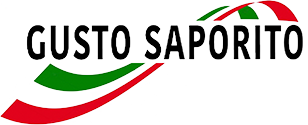

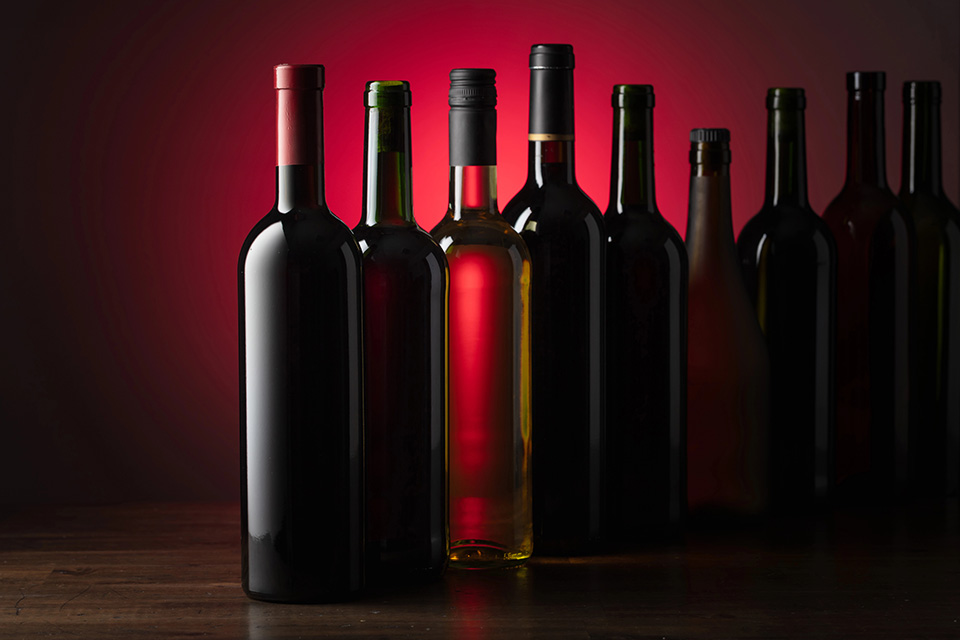
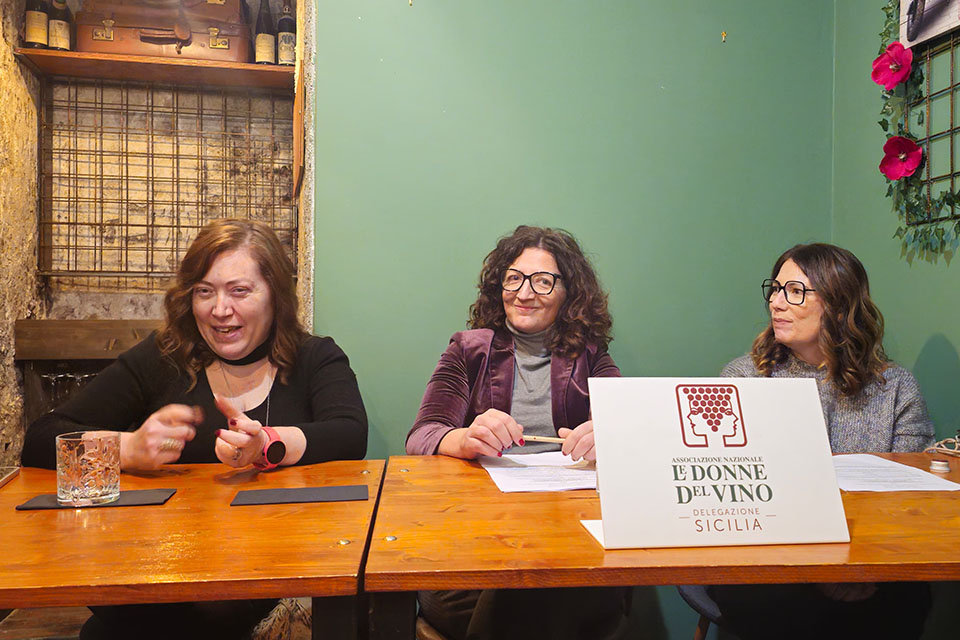
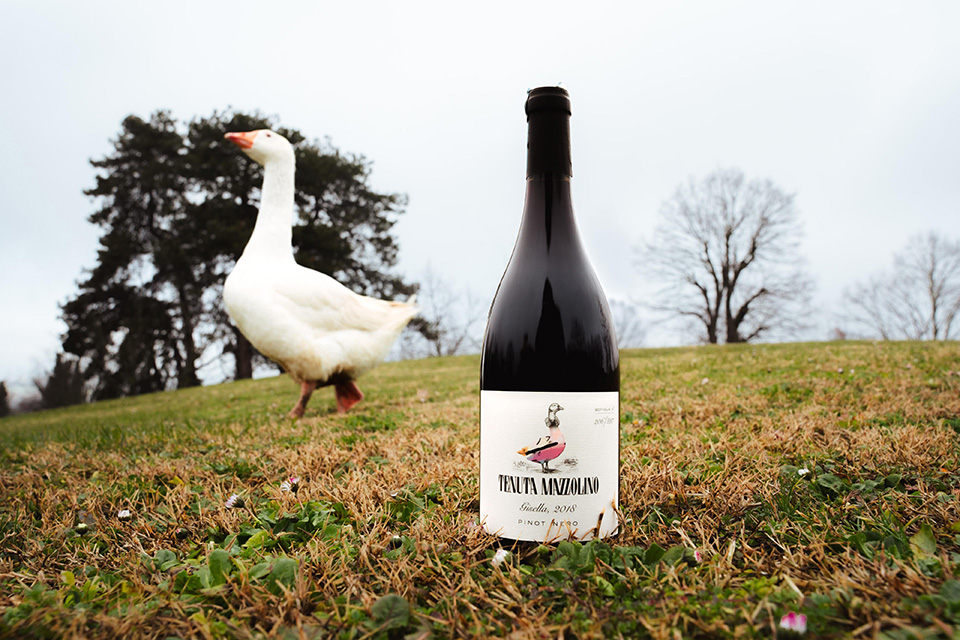

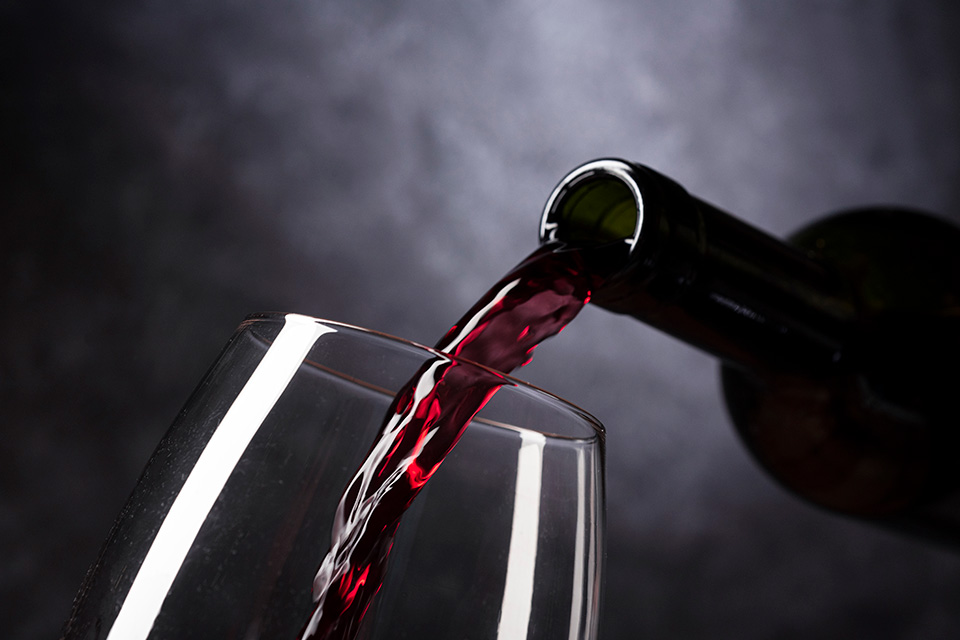
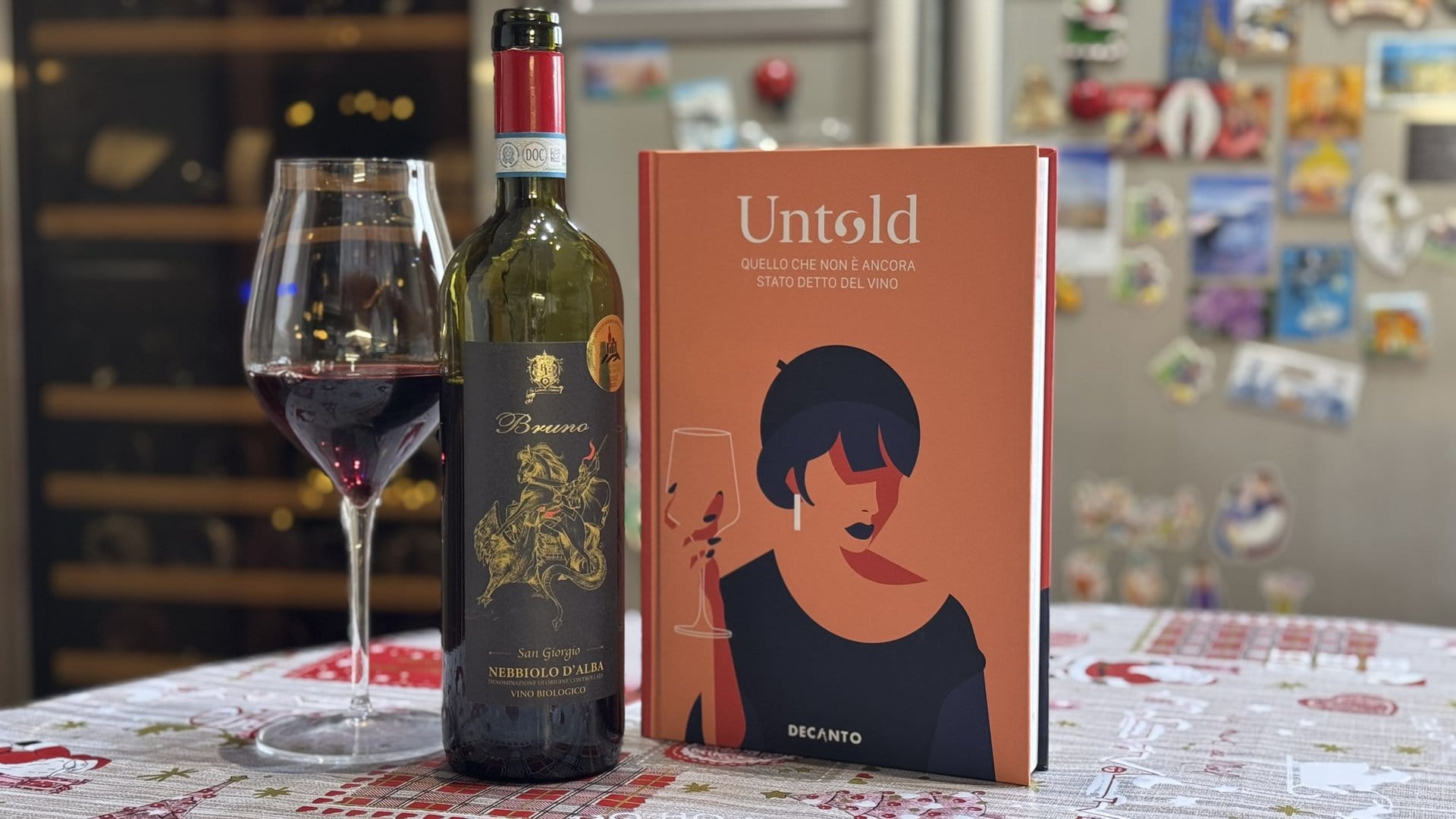
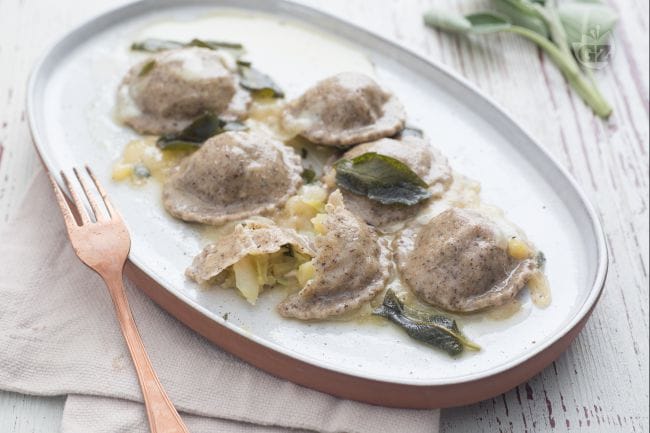
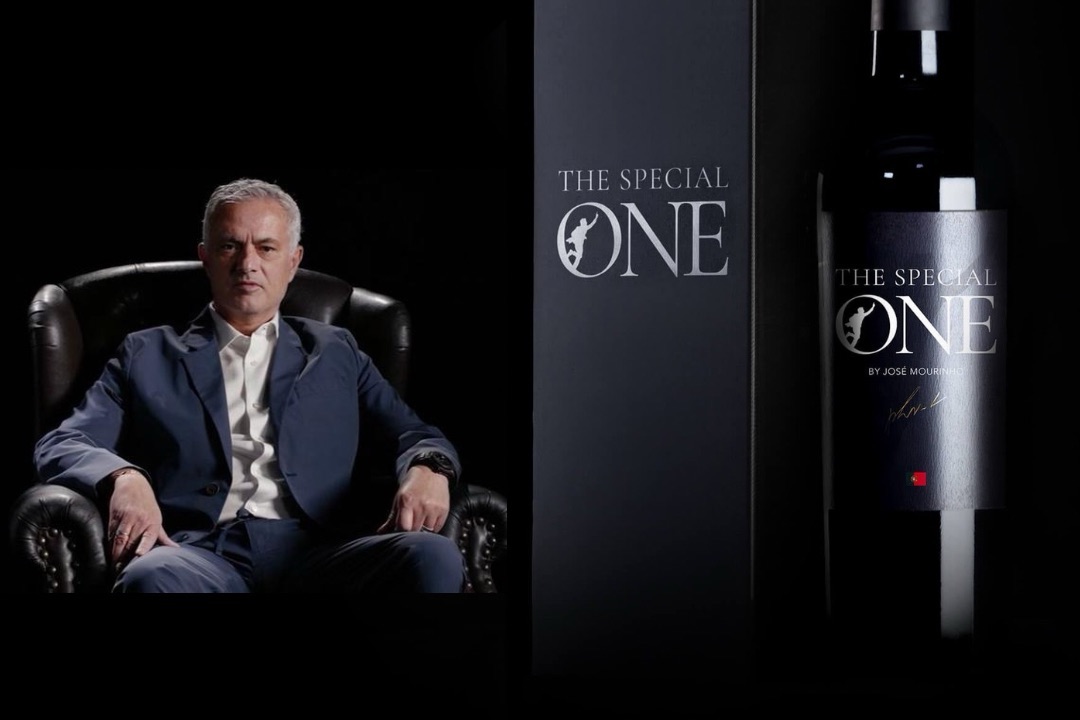
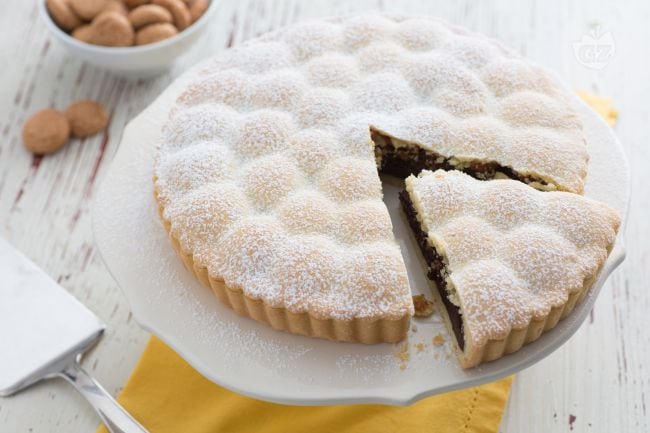

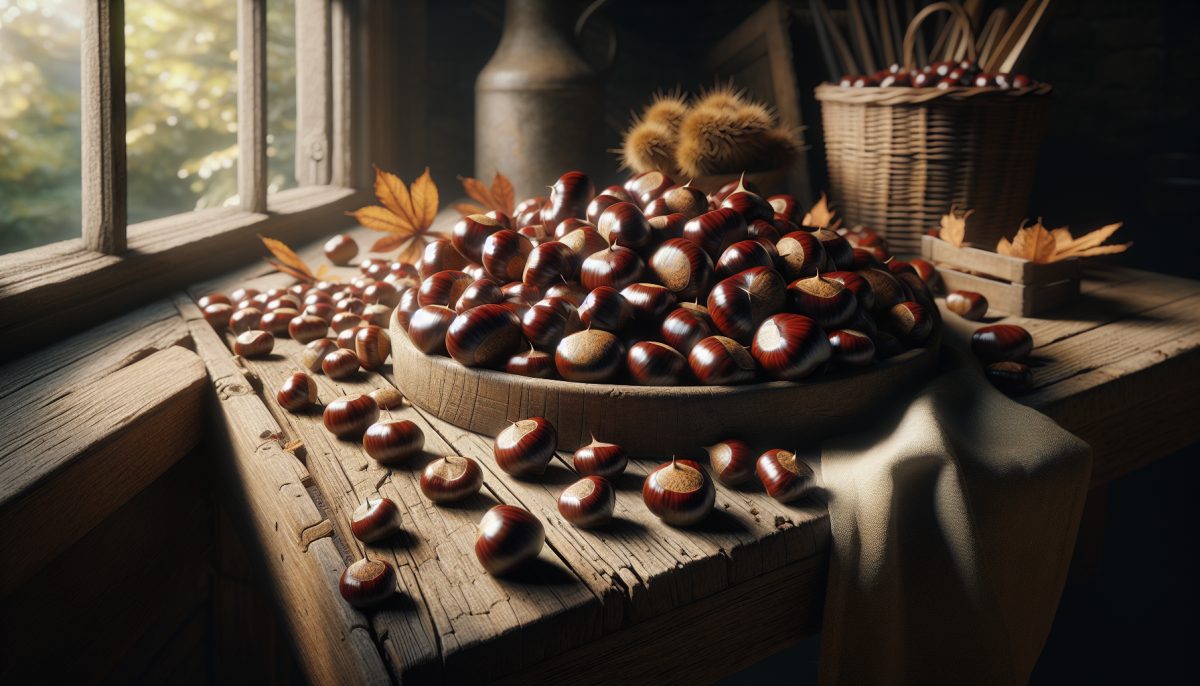

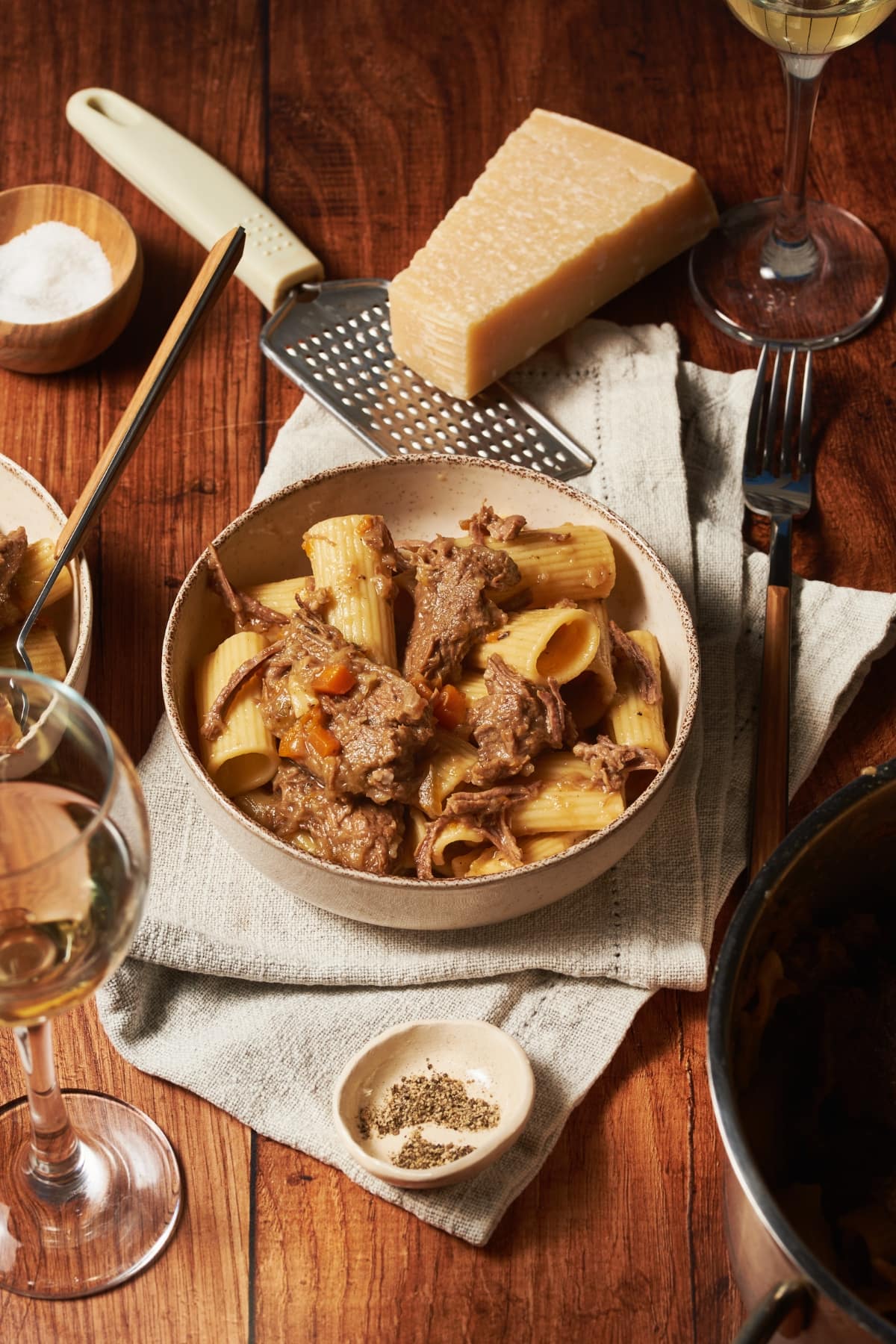
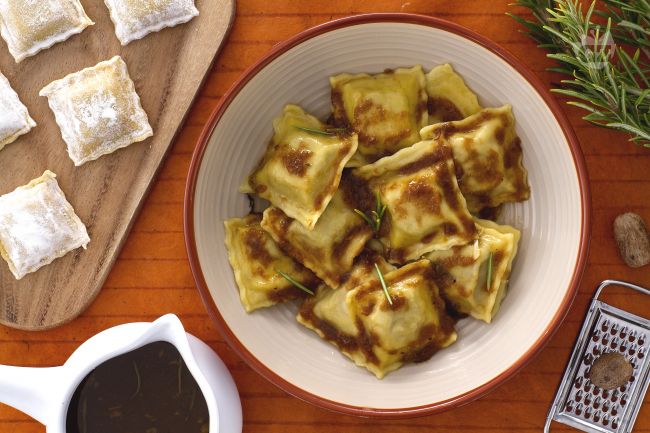
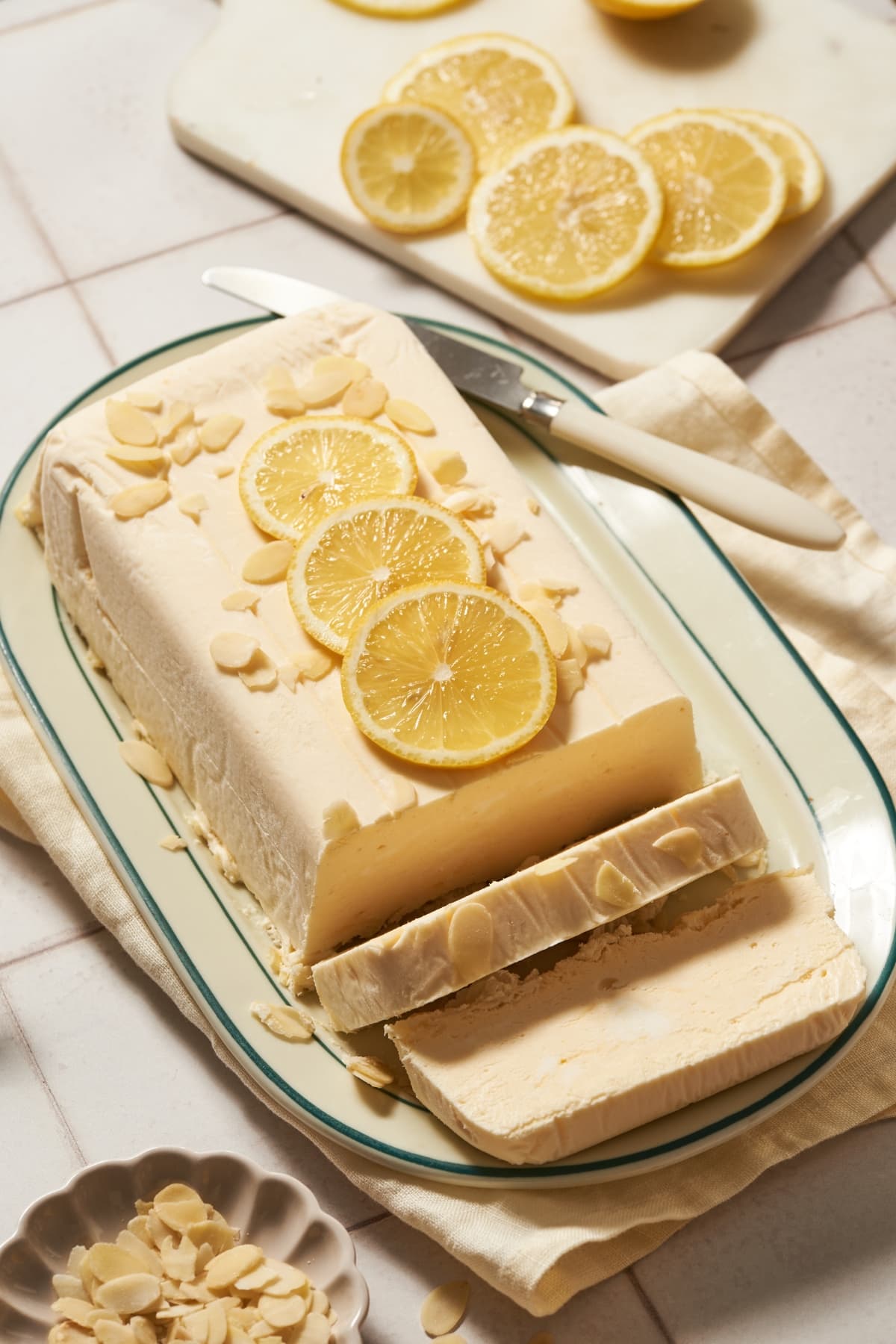
![Authentic Tomato Passata Recipe [Passata di Pomodoro] Authentic Tomato Passata Recipe [Passata di Pomodoro]](https://www.nonnabox.com/wp-content/uploads/2024/01/passata-vertical-3-nonna-box.jpg)









